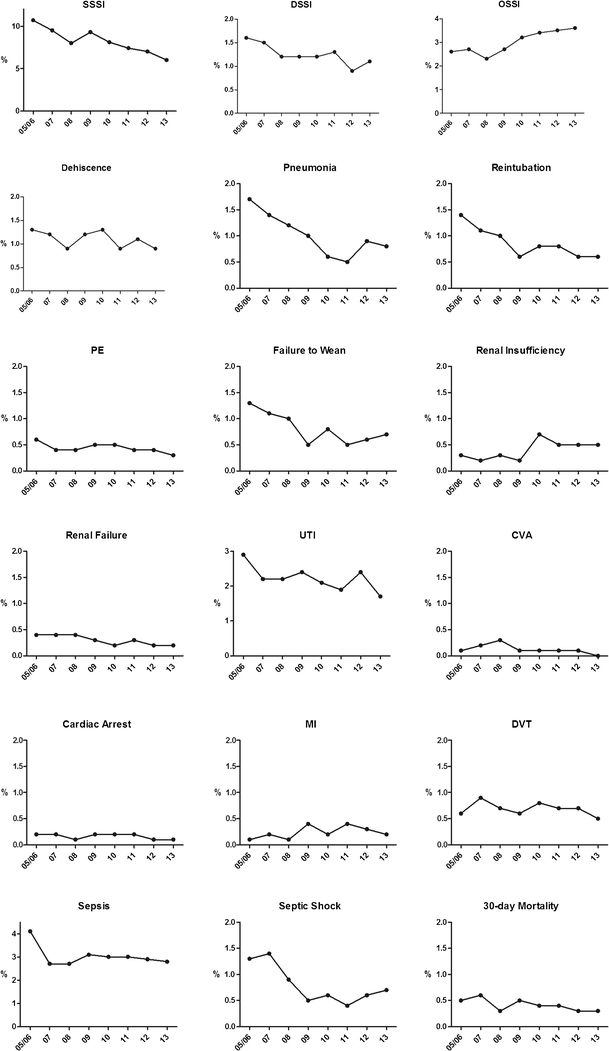Cpt Code For Laparoscopic Converted To Open Sigmoid Colectomy
In most cases the operation can be performed via a laparoscopic (keyhole) surgical technique. What does the operation involve? This operation can be performed as an open or laparoscopic (keyhole procedure). During the operation the part of the right side of the colon and the diseased part of the terminal ileum are removed. Sigmoid Colectomy Sigmoid Colectomy. During the operation the sigmoid colon is removed. This involves taking away the blood vessels and lymph nodes to that part of the bowel. Wound infections can occur in any form of intestinal surgery, open or laparoscopic. Wound infections rarely cause serious problems but may require treatment with.
ECU Surgeons are proud to offer Laparoscopic surgery (surgery through small incisions with the help of special instruments and cameras) for many colorectal disorders. Laparoscopic surgery offers lower rates of wound complications with benefits of less pain and shorter postoperative length of stay.
Laparoscopic Ileocecectomy For patients with Crohn's Disease or other conditions, the end of the small intestine (ileum) and the first portion of the colon (cecum) can be removed to excise a diseased segment. This can often be performed laparoscopically with several small incisions. Laparoscopic Right Colectomy This procedure may be done for a cancer or tumors of the first portion of the colon or for some diseases of the appendix. The small intestine is reconnected to the colon after a segment has been excised. Laparoscopic Left Colectomy This may be performed for cancer or tumors of the colon or for diverticulitis. A segment of the colon is removed and the ends reconnected.
Laparoscopic Sigmoid Colectomy The sigmoid colon is most frequently involved in diverticulitis. Removal of this portion of the colon involves reconnection of the colon to the rectum. The sigmoid may also be removed for cancer or tumors.

Laparoscopic Proctectomy ('Laparoscopic Low Anterior Resection') Removal of some or all of the rectum using Laparoscopic approach is now offered to many patients with rectal cancer or tumors. At times, these procedures require a temporary diverting 'protective' ileostomy to allow for healing of these low connections without stool moving through this area.
Laparoscopic Total Proctocolectomy For some patients with Ulcerative colitis, the entire colon and rectum may be removed laparoscopically. Following removal, creation of a pouch using the small intestine may allow one to avoid a permanent end ileostomy. Laparoscopic Colostomy or Ileostomy There are situations when diversion of the fecal stream is required. During this procedure, a portion of the intestine is brought out to the skin level so that the stool can be diverted away from bowel downstream. Laparoscopic Rectopexy Rectal prolapse is a condition where the rectum bulges out of the anal opening. Repair of rectal prolapse can be accomplished laparoscopically in many cases. The goal of ECU surgeons is to provide safe and effective treatment for each patient.

At times, it may be advantageous or safest to have a somewhat larger incision to have a particular procedure. In this case, each of the above operations may be accomplished with open techniques. Other Procedures Combined Laparoscopic/Endoscopic Resections For benign tumors, which may not be able to be removed with colonoscopy alone, at times surgeons may combine colonoscopy with Laparoscopic techniques to remove an advanced polyp or benign tumor. Trans-Anal Excision For benign tumors of the middle and lower rectum, excision using instruments through the anus may be offered. This avoids all scars on the skin and allows for a very fast recovery following surgery. Recovery This depends on the type of surgery performed.
Lap Sigmoid Colectomy Cpt Code
Discharge may be on the day of surgery or up to a week after surgery depending on each patient's particular situation. With Laparoscopic techniques, discharge within 3 days of surgery is common even with major operations. Patients are expected to be out of bed and walking in the first day after surgery. This early mobility helps make early discharge possible.